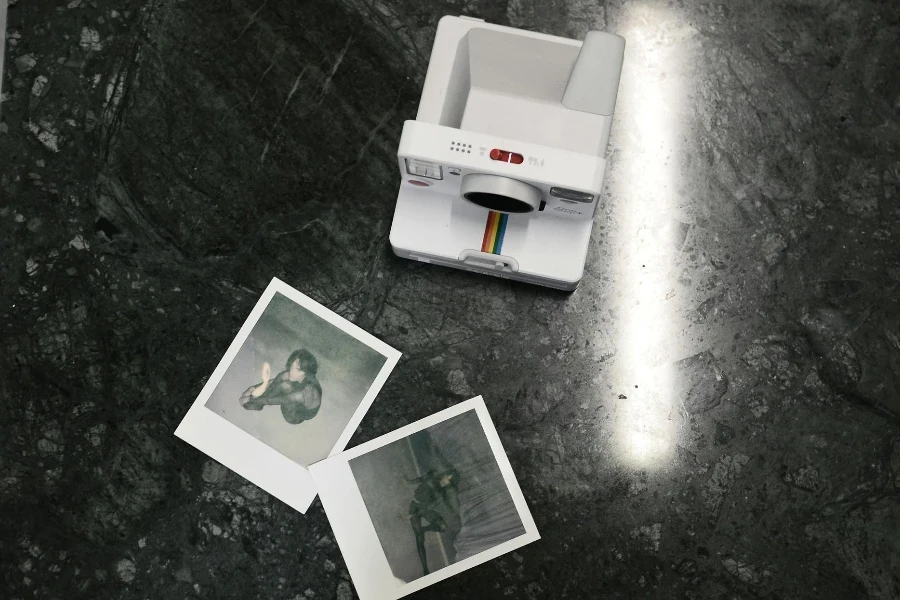In an era where capturing moments has become second nature, the point and shoot camera stands out as a beacon for photography enthusiasts and casual snappers alike. Compact, easy to use, and remarkably versatile, these cameras offer a gateway to photography without the complexity of professional gear. This guide will explore the essence, operation, benefits, and selection process of point and shoot cameras, ensuring you’re well-equipped to capture life’s moments with clarity and creativity.
Table of Contents:
– What is a point and shoot camera
– How does a point and shoot camera work
– Benefits and drawbacks of a point and shoot camera
– How to choose a point and shoot camera
– How to use a point and shoot camera
What is a point and shoot camera:

Point and shoot cameras, as the name suggests, are designed for simplicity and ease of use. These compact digital cameras are the go-to choice for those who wish to capture high-quality photos without delving into the complexities of manual settings and interchangeable lenses. Characterized by their fixed lenses and automatic systems for focusing, exposure, and flash, point and shoot cameras allow users to concentrate on framing their shots, making them ideal for everyday photography, travel, and family events.
How does a point and shoot camera work:

At the heart of a point and shoot camera is its image sensor, which captures light through the lens to create a photograph. Unlike their DSLR counterparts, point and shoot cameras often have smaller sensors, which influences their performance in low light conditions but allows for the cameras’ compact size. The lens, typically featuring a zoom function, is fixed and cannot be changed, simplifying the shooting process. Automatic settings adjust the aperture, shutter speed, and ISO based on the scene, with some models offering preset modes for specific scenarios like portraits, landscapes, and night shots.
Benefits and drawbacks of a point and shoot camera:

The primary advantage of point and shoot cameras is their simplicity and portability. Their compact size makes them ideal for travel and everyday use, slipping easily into a pocket or bag. Automatic settings free the user from the need to adjust settings for each shot, making it easier to capture moments quickly. However, the smaller sensor size can limit image quality in low light conditions compared to DSLRs and mirrorless cameras. The fixed lens also means less flexibility in focal length range, potentially limiting creative possibilities.
How to choose a point and shoot camera:

When selecting a point and shoot camera, consider your photography needs and preferences. Image quality is paramount, so look for cameras with larger sensors within the compact category. Zoom range is another critical factor; a larger zoom range offers more flexibility in framing shots from afar. Additionally, consider features such as image stabilization, which can reduce blur in low light or when using the zoom function. Battery life, video capabilities, and connectivity options like Wi-Fi for easy photo sharing should also influence your decision.
How to use a point and shoot camera:

Using a point and shoot camera effectively begins with familiarizing yourself with its features and settings. Start by experimenting with different shooting modes to understand how they affect your images. Pay attention to composition, using the rule of thirds and leading lines to create visually appealing photographs. Don’t forget to explore the macro mode for close-up shots and the panorama function for capturing wide landscapes. Regularly review your photos to learn from your successes and mistakes, and always keep your camera’s lens clean for the clearest images.
Conclusion:
Point and shoot cameras offer a perfect blend of simplicity, portability, and quality, making them an excellent choice for capturing life’s spontaneous and planned moments. By understanding how they work, weighing their benefits and drawbacks, and choosing the right model for your needs, you can unlock a world of photographic possibilities. With practice and creativity, your point and shoot camera will become an indispensable tool in your photography arsenal, ready to capture the beauty of the world around you.



